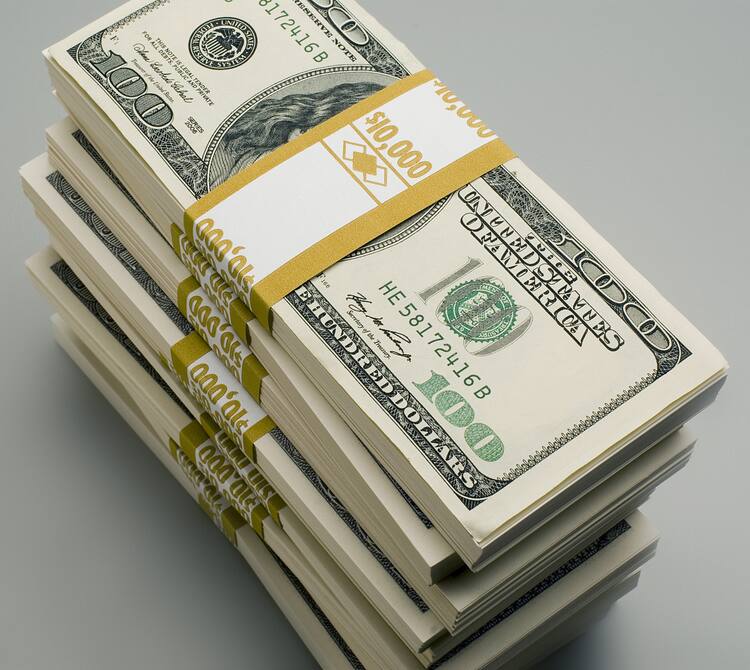Were the Good Old Days Really That Good?

Ronald Reagan is something of an icon to economic conservatives, and you don’t have to lean that far to the right to get a little nostalgic about the “Morning in America” days of the early 1980s.
After all, in today’s era of high unemployment, mounting government debt, and rising insecurity about American competitiveness, it’s natural to think back to the good old days of 30 years ago. But were the good old days really that good?
A comparison of economic conditions between the early 1980s and now reveals some remarkable similarities. This suggests that the good old days really weren’t all that good–or perhaps that things now aren’t as bad as they seem. Here are seven factors that link today with the early 1980s:
High Unemployment
Troubled by today’s 9.1 percent inflation rate? In 1982, the U.S. unemployment rate peaked at 10.8 percent, and between 1982 and 1983 it topped 10 percent for 10 consecutive months. As bad as the recent job market has been, unemployment peaked at 10.1 percent and only stayed above 10 percent for one month.
Where Can You Find the Best Savings Account Rates?
Finding the bank with the best savings account to meet your needs is as simple as using our search tool. Try it now and find your high-interest savings account.
Double-Dip Recession
People today are concerned about the possibility of a double-dip recession, but in the early 1980s the U.S. actually experienced one. A recession ended in July of 1980, only to be followed by a much longer one beginning a year later. As a result, the US economy spent 22 of the first 35 months of the 1980s in recession.
Troublesome Interest Rates
Here is a clear contrast: interest rates in the early 1980s were sky high, whereas now they are at rock bottom. Six-month CD rates hit their all-time high of 17.98 percent in August of 1981; they bottomed out at 0.29 percent in January of 2010, and have now spent more than two years under 1 percent. Double-digit interest rates may sound good to people with CDs, savings, and money market accounts, but the flip side of those high bank rates is that it made mortgages much more expensive. Mortgage rates peaked at 18.45 percent in October of 1981; now, they’ve spent more than a year under 5 percent.
High Inflation
Inflation has been on the rise in 2011, but it is a minor problem compared to the early 1980s. Inflation spent all of 1980 and most of 1981 above 10 percent, peaking at a year-over-year rate of 14.6 percent in early 1980.
Weak Consumer Sentiment
One of the things plaguing the current economy is weak consumer demand. Battered by high unemployment and falling real estate values and already weighed down by high debt levels, consumers today just don’t have the confidence to spend much money. The Thomson Reuters/University of Michigan index of consumer expectations about the economy fell to 47.0 in early September. The last time this index was that low? You guessed it–the early 1980s.
A Growing Budget Deficit
One of the most serious problems faced by the U.S. economy is the growing budget deficit, but while that deficit has reached record levels in recent years, it is hardly a new problem. The U.S. budget deficit increased five-fold in the first four years of the 1980s, setting a new record every time. Deficit spending, unfortunately, has become something of a bi-partisan tradition. Six of the last seven presidents have pushed the deficit to new all-time highs, with Bill Clinton being the only exception.
Competition From Asia
A recent trade bill that targeted Chinese imports underscores how great an economic concern that country has become. This is because, among other things, the U.S. owes China a tremendous amount of money. Back in the 1980s, though, it was Japan that was expected to supplant the U.S. as the world’s economic leader. But Japan faded, leaving the U.S. to take on the next contender.
At a time when the U.S. is facing considerable problems, it should be reassuring to know the country has faced similar challenges before, yet still found a way forward.